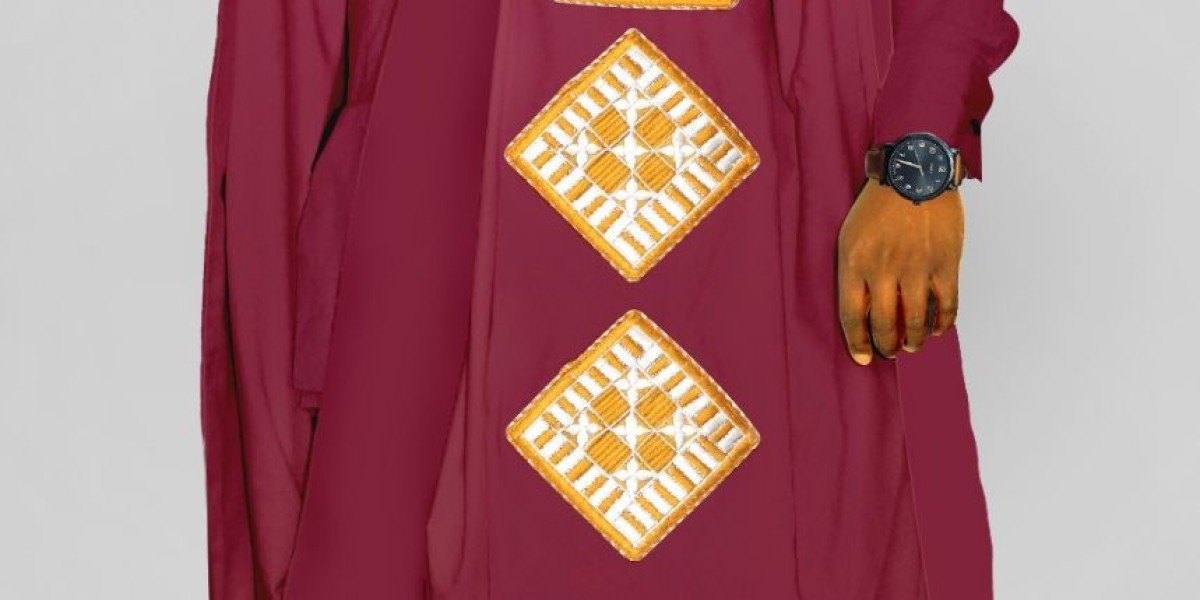The Role of African Dresses in Cultural Celebrations
Patterns in African dresses often have deep connections to nature, history, and spirituality. The geometric designs and shapes woven into fabrics like Mudcloth from Mali or Adinkra symbols from Ghana convey stories, proverbs, and philosophies that have been passed down through generations. For instance, in Ghana, african dresses for women such as “Sankofa” (meaning “to return and get it”) reflect the importance of learning from the past, while the interlocking shapes found in Mudcloth designs may symbolize protection or strength.
These patterns are not simply decorative—they are a visual language that conveys messages to those who understand their meaning. Whether used in daily life or for ceremonial attire, these designs ensure that the wearer remains connected to their history and values.
African dresses are essential to cultural celebrations and rituals, serving as markers of social status and identity. In many African communities, special garments are worn during life events such as weddings, births, and funerals. For example, in Nigeria, the Aso Ebi is a coordinated outfit worn by a group to signify unity and support during celebrations, especially weddings. These matching outfits help to visually unite family members and close friends, reinforcing the collective spirit of the community.
In East Africa, the Kitenge or Kanga fabric is worn for celebrations, often featuring bright colors and Swahili proverbs, adding a layer of meaning and inspiration to the attire. These garments showcase the wearer’s place in society, while also reinforcing the community’s shared cultural heritage.
Modern Interpretations of Traditional African Dresses
Today, African dresses are evolving, with modern designers fusing traditional african dresses and designs with contemporary fashion trends. Designers are using Ankara, Kente, and other African prints in sleek, modern cuts that cater to both local and international markets. This has brought African fashion into the global spotlight, blending cultural significance with modern aesthetics. Whether through tailored suits, gowns, or casual wear, African fashion is gaining recognition for its uniqueness and versatility.
As African designers continue to innovate, they are preserving the essence of traditional dress while making it relevant to the contemporary world. This trend of modernizing African dress designs allows younger generations to embrace their heritage in ways that reflect their personal styles.



